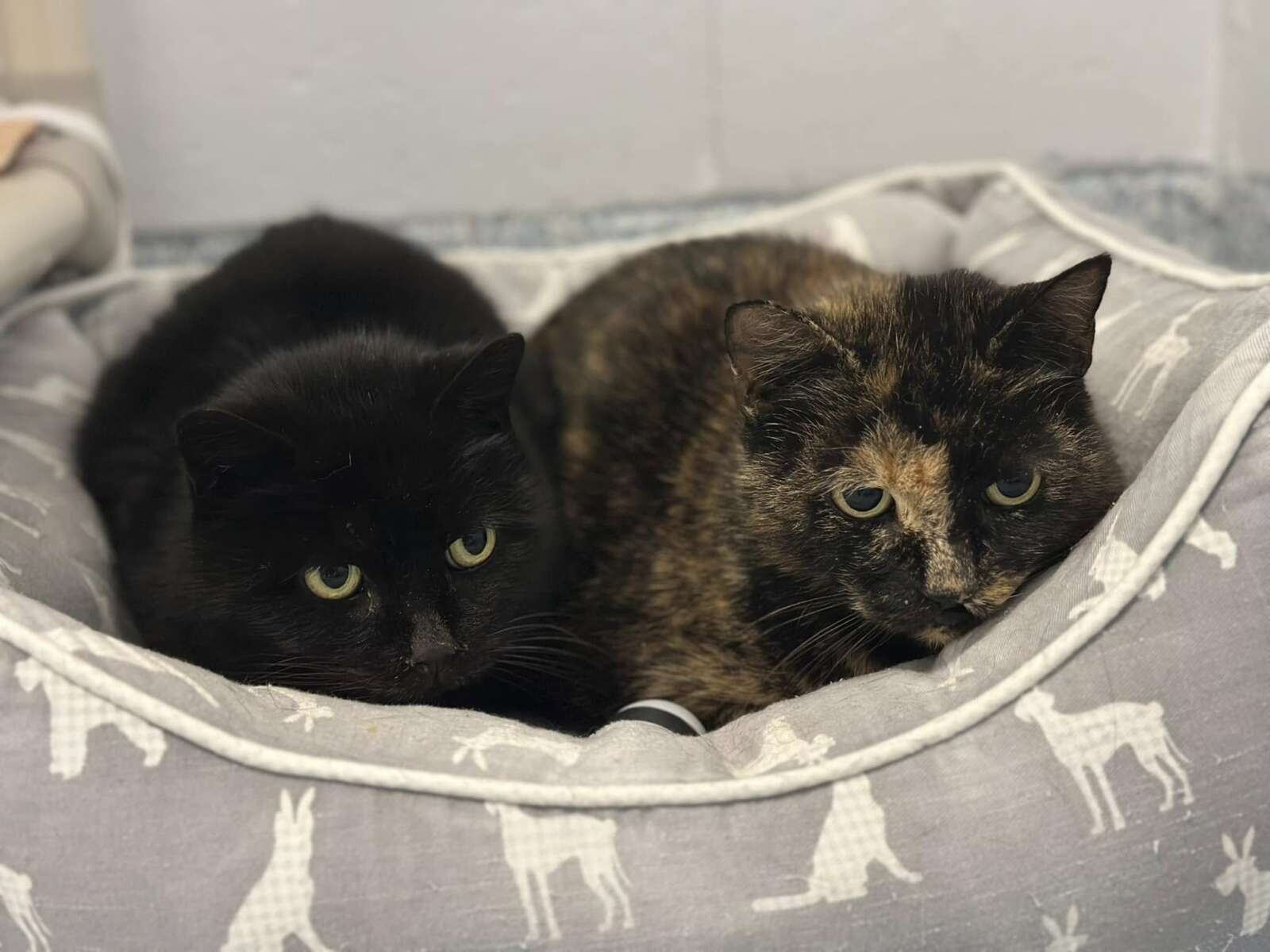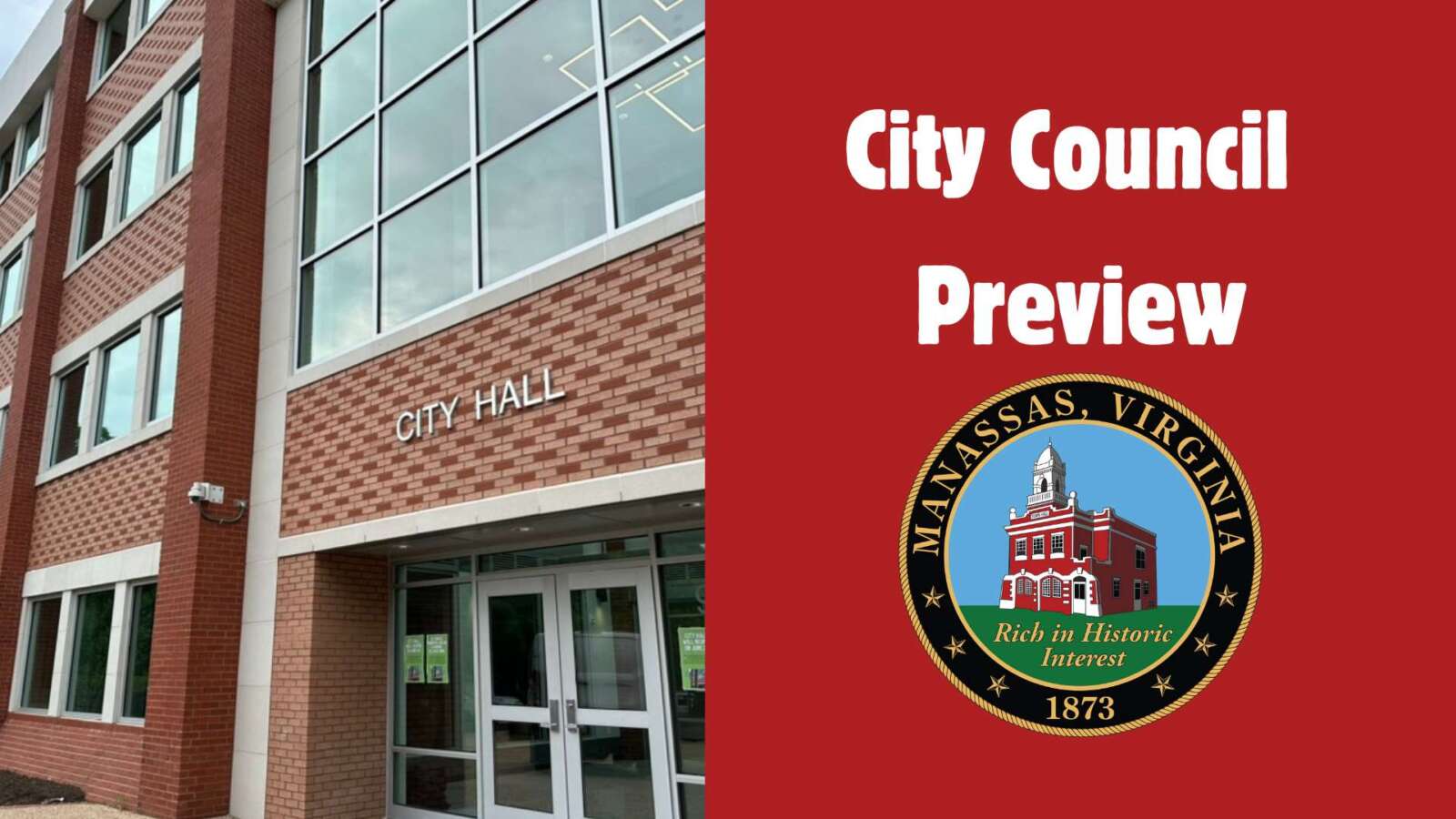Gary Caruthers is used to using his voice to inspire, motivate and encourage. Usually, it’s a message associated with the bible, but these days he’s using his gift to educate about the dangers of stroke.
Caruthers’ life changed on a Thursday morning in April.
“I got up around 8 o’clock and got a phone call. In the process of that call, my speech became slurred, and somewhere during that conversation I hung up, stood up. I knew something was off,” remembers Gary.
Brenda, Gary’s wife of 47 years, knew instantly something was wrong.
“He was staggering around. When he tried to talk, his speech was slurred. I said, ‘Gary, what’s wrong with you? And he said, ‘I don’t know. I know I’m not talking right, but I don’t know why.’ And I said, ‘I do. You’re having a stroke!’”
Brenda immediately made sure Gary was seated and safe and then proceeded to call 911.
Gary’s care started even before he arrived at the hospital. Years ago, Sentara Northern Virginia Medical Center worked with Prince William County Emergency Services to develop a protocol so that potential stroke patients, like Gary, would receive care even before stepping foot inside the hospital. In a CODE STROKE, teams inside the hospital are alerted even before a patient arrives. In addition to the doctors and nurses in the Emergency Department, the alert signals to the teams in radiology (CAT scan) and a number of other departments an emergent case is imminent.
Time is of the essence when it comes to stroke. That’s why as soon as Gary arrived at Sentara Northern Virginia Medical Center, a specially certified team of nurses, a stroke coordinator and a stroke facilitator instantl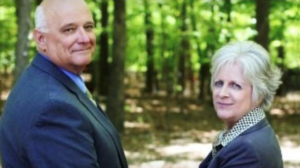 y took him to get a CAT scan. It’s at that point telemedicine is incorporated for expedited care.
y took him to get a CAT scan. It’s at that point telemedicine is incorporated for expedited care.
“We have a machine we bring into the CAT scan and the tele-neurologist can log on, wherever they are, and visualize that patient. They’re able to do an exam and speak to the patient. It’s pretty advanced,” explains Jessica Silcox, RN, MSN, Emergency Department Team Coordinator and founder of the hospital’s stroke team.
“The tele-neurologists have cameras and they can zoom in to the point they’re looking into a patient’s pupils to do an exam. That way the neurologist can determine quickly, if that patient is eligible for a clot-busting medication, or if another therapy is necessary. You lose two-million neurons a minute, so every minute literally counts in a stroke.”
It was determined Gary had a clot, but wasn’t eligible for the clot-bust medication. The decision was made Dr. Venu Vadlamudi, an Interventional Radiologist with Sentara Heart & Vascular Center, would perform a thrombectomy or clot removal.
“The faster it can be performed, the better chance a patient will have an improved outcome,” explains Dr. Vadlamudi. “The goal for the therapy, as supported by evidence in the literature, is to increase the chance a patient will be alive, functional and independent 90 days following a stroke.”
Two clots were pulled from Gary’s brain. Even though he stood up by his bedside six hours after the procedure, Gary still spent three days in Intensive Care and then several weeks in intensive outpatient rehabilitation.
“Each patient’s recovery after a stroke is variable, especially depending on the size/severity of the stroke with some patients having an immediate recovery after stroke, but many needing therapy and rehabilitation following their stroke,” says Dr. Vadlamudi.
Gary has worked hard to get back to where he was before his stroke, “After the stroke, my face was drooping. I couldn’t turn my eyes to the left. My left arm was totally paralyzed. My left leg was totally paralyzed. Plus, I had slurred speech,” he remembers. “After the thrombectomy with Dr. Vadlamudi, my face came back up, my speech came back, I could move my eyes, I had movement in my left arm and leg. It was rather miraculous!”
And, Gary isn’t ignoring this wake-up call. Since his stroke, he has changed his lifestyle- eating more chicken and fish, eliminating sugars from his diet and incorporating more exercise into his everyday life. The hard work is paying off, he has lost more than 30 pounds and is preparing to head back to the church he loves.
“The fact that my wife caught it so quickly was probably one of the contributing factors to getting swift treatment. The philosophy is time is brain and Dr. Vadlamudi said every minute counts,” says Gary.
Brenda recognized the problem and symptoms of a stroke through the acronym: F.A.S.T.
- Face: Does one side of the face droop when smiling?
- Arm: Ask the person to raise both arms. Does one arm drift down?
- Speech: Is speech slurred or strange?
- Time: If you observe any of these symptoms, call 911 IMMEDIATELY.
Dr. Vadlamudi says this acronym bears repeating and is something everyone should commit to memory, “Interventions to help with acute stroke are time-sensitive, so rapid recognition and care are critical.”
If you suspect you or someone else is having a stroke, don’t drive, call 911. To learn more about stroke and to learn your risks, visit the “Know Your Risk” quiz at SentaraStrokeAwareness.com.
Recent Stories
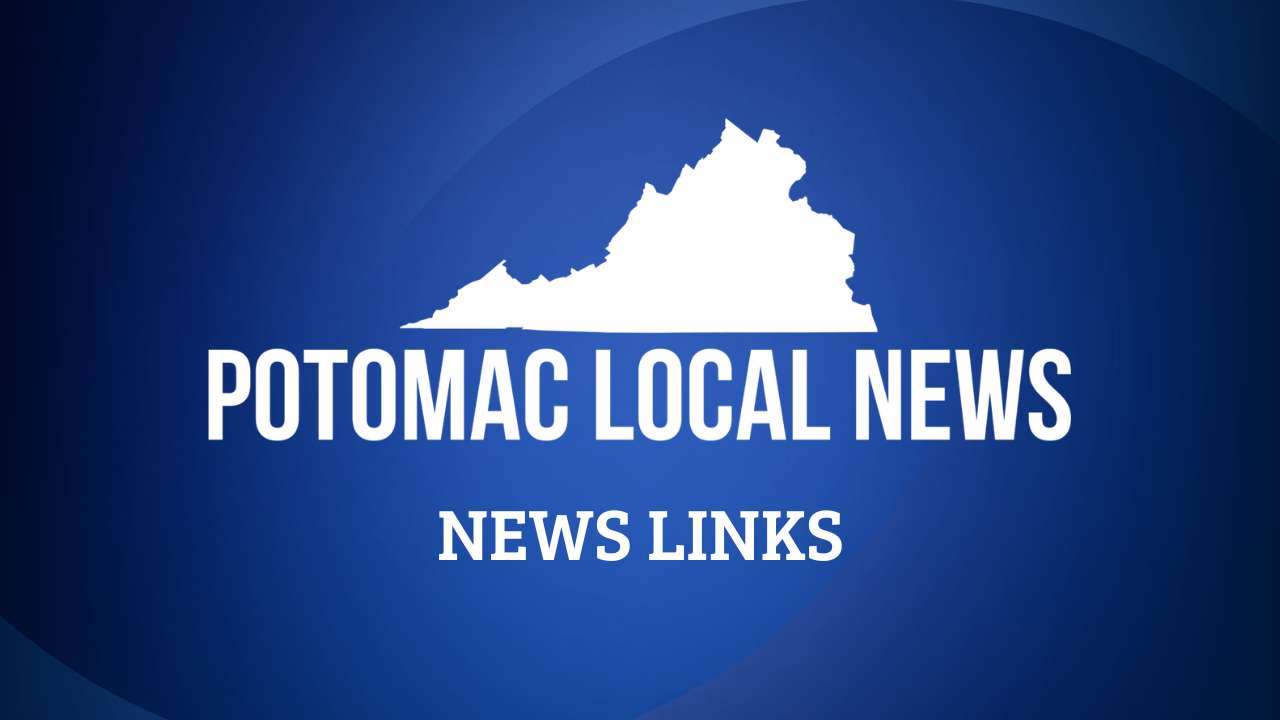
Prince William County Public Schools will maintain its transgender student policies despite a federal investigation. Meanwhile, UVA Health has reinstated mask requirements at emergency rooms in Manassas, Haymarket, and Culpeper due to rising respiratory illnesses. In Richmond, Virginia lawmakers have approved a budget with $1 billion in tax cuts and pay raises for teachers and state employees.

A Night on the Riviera
Experience a magical evening at the Embassy of France with A Night on the Riviera, an event that will transport you to the glamour of the French Riviera while celebrating the vibrant spirit of Mardi Gras!
Indulge in an exquisite selection of French wines and champagne, paired with the finest French cuisine prepared by the talented Chef of the Embassy of France. Additionally, Chef Hugh Cossard will be carving ham live, ensuring freshness and exceptional flavor. Don’t miss out on the authentic French crêpes, made to order and sure to transport you straight to the streets of Nice.
For those seeking an extra touch of exclusivity, the VIP experience includes unlimited champagne, adding an extra layer of sophistication to this festive celebration.
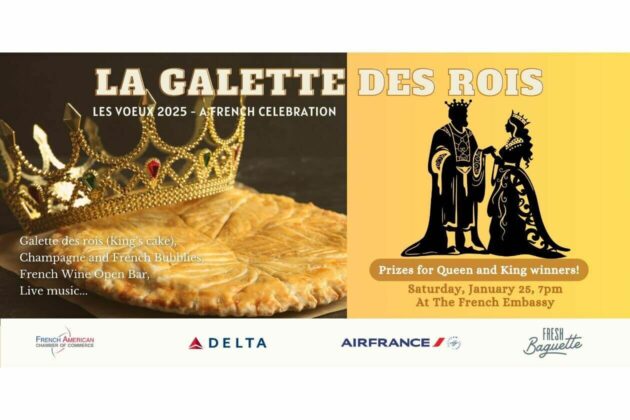
Travel to French soil and join us for a night filled with two of the most beloved French traditions—no plane ticket required! ?
On January 25th, we invite you to experience the magic of Galette des Rois, a 700-year-old tradition celebrated across France throughout the entire month of January (and even beyond!). This sweet, almond-filled puff pastry topped with a golden crown isn’t just a treat—it’s a celebration! The lucky person who finds the fève (a porcelain charm hidden in one of the slices) becomes the King or Queen for the Day, and don’t worry—there will be plenty of royalty to go around! ??
But that’s not all! In France, Les Voeux (New Year’s wishes) continue throughout January, often accompanied by Champagne and good cheer. We’re bringing that festive spirit to you, with a lively evening packed with French food, wine, and music.
What’s in store:
(Webinar) Diet & Dementia: Brain-Healthy Tips to Reduce Your Risk…
Did you know that your food choices can impact your risk of developing dementia?
Kick off National Nutrition Month with an educational discussion on Wednesday, March 5 at 12 PM EST with Sunday Health dementia neurologist Dr. Sara Doyle and


